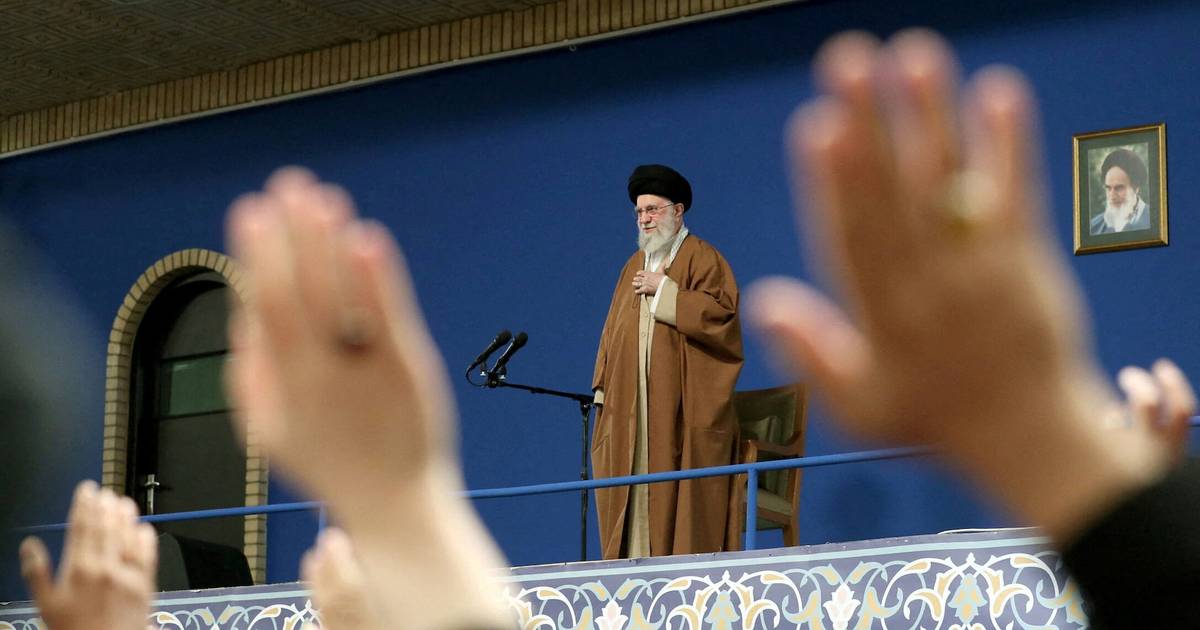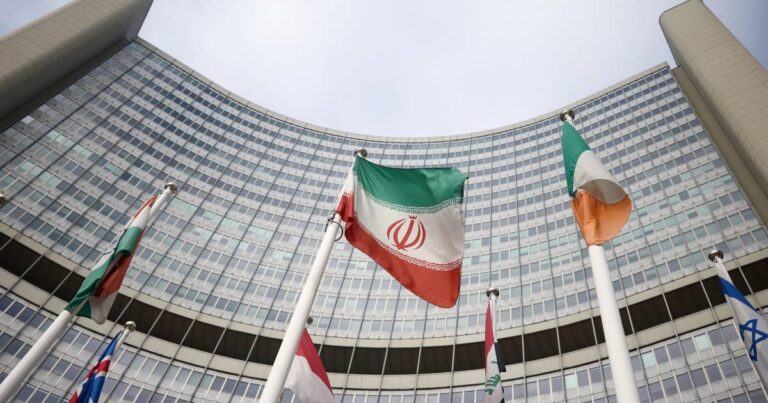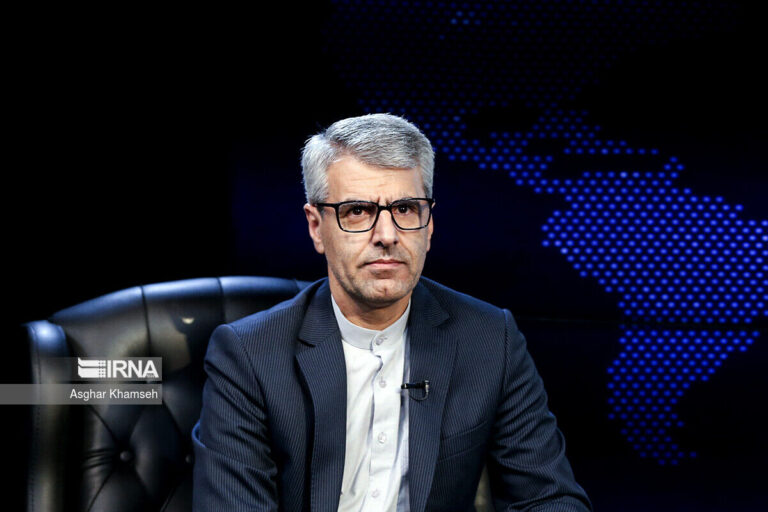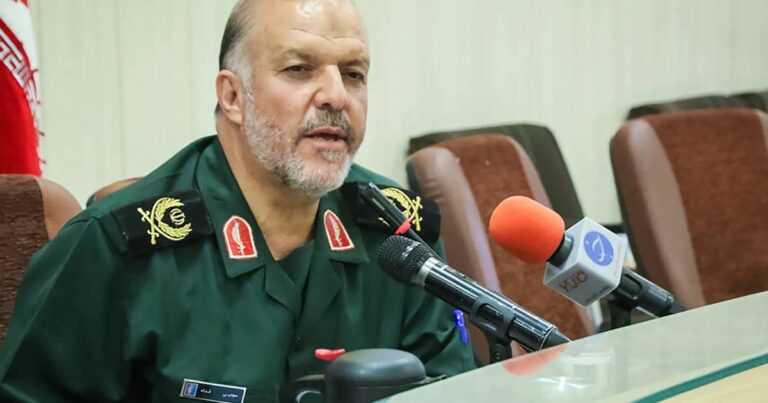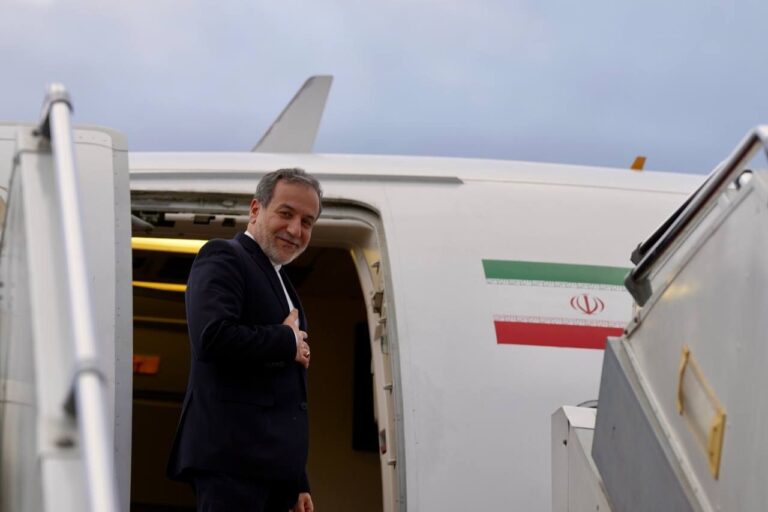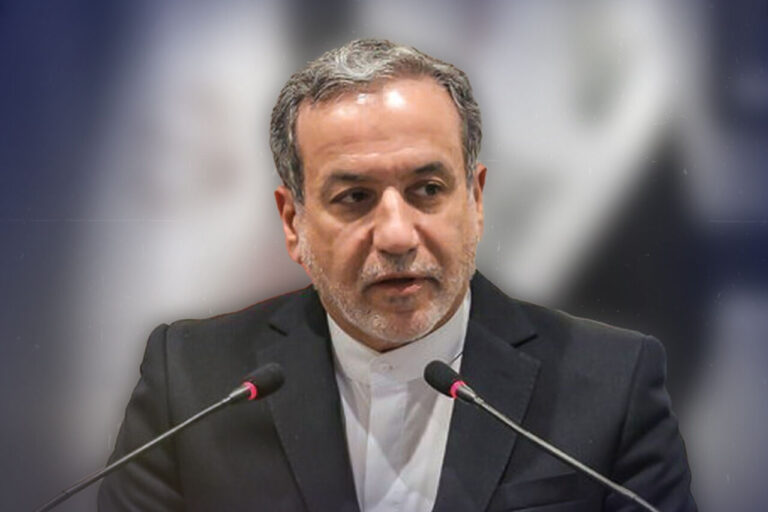Khamenei Draws on Sacred History to Endorse ‘Temporary’ US Agreement
In the midst of ongoing nuclear negotiations, Iran’s Supreme Leader has made a significant statement that sheds light on the potential for nuclear concessions. Ali Khamenei has drawn parallels between current diplomatic efforts and a historical event involving a Shi’ite Muslim leader, emphasizing the need for strategic patience in the face of a formidable adversary.
During a recent religious gathering at his office, Khamenei referenced the second Shia Imam, Hasan ibn Ali, who is revered in Shia Islam for his principled leadership. The Imam’s controversial peace treaty with his opponent Mu’awiya in 661 CE was highlighted as a strategic move aimed at protecting the long-term interests of Islam. Khamenei’s remarks seem to subtly endorse ongoing diplomatic efforts, even though he refrained from explicitly mentioning the United States negotiations.
- Historical Context: Khamenei recalled Imam Hasan’s peace treaty, which was met with resistance from some who criticized the Imam for making peace with a rival.
- Diplomatic Endorsement: The Supreme Leader’s mention of Imam Hasan suggests a cautious acceptance of negotiations as a necessary tactic.
- Tactical Shift: Khamenei’s rhetoric indicates a shift from outright dismissal of U.S. engagement to a more pragmatic approach.
Khamenei noted, “Some people would come forth with complaints and objections when Imam Hasan made peace with Mu’awiya … it is temporary. The Imam has been recorded as saying that this incident, this domination of heresy and hypocrisy, is not meant to be permanent.” This statement reflects Khamenei’s awareness of the internal dissent surrounding the negotiations.
This shift in tone is particularly notable when compared to earlier remarks made by Khamenei in February, where he dismissed any engagement with U.S. President Donald Trump as “unwise, undignified, and dishonorable.” The Supreme Leader’s current stance exhibits a more cautious pragmatism, as he remarked, “We are neither overly optimistic nor overly pessimistic about these talks,” while also warning of his skepticism regarding the U.S. position.
Historically, Khamenei has invoked the same reference to Imam Hasan’s decision in 2013, labeling it as an act of “heroic flexibility.” This term became synonymous with Iran’s nuclear diplomacy, particularly during the negotiations that led to the Joint Comprehensive Plan of Action (JCPOA) in 2015. Khamenei’s historical allusions serve to provide a framework for understanding Iran’s current diplomatic posture.
According to Ali Afshari, a commentator based in the U.S., “Khamenei resorts to tactical retreat whenever he finds himself in a difficult position.” He further explains that Khamenei is attempting to provide a rationale for his decisions to his more radical supporters, urging them to avoid objections by framing acceptance of a deal as a tactical maneuver rather than a fundamental change in strategy.
- Internal Divisions: Khamenei’s endorsement of diplomacy has highlighted existing rifts among Iran’s hardliners.
- Support and Criticism: Some factions support Khamenei’s diplomatic approach, while ultra-hardliners express discontent.
- Supreme Leader’s Dilemma: Khamenei’s authority remains largely unchallenged, but dissent exists, often directed at external factors.
In a further address, Khamenei acknowledged the challenges posed by those who resist his diplomatic overtures. He stated, “Our neglect, at times our loose lips, our failure to help, our needless protests, lack of patience, (and) at times the flawed analyses that we make about the situation, can sometimes have an impact.” This recognition of the complexities surrounding the negotiations underscores the delicate balance Khamenei must maintain between different factions within Iran.
One ultra-hardliner, Sasan Daneshpajouh, articulated a viewpoint shared by some critics of Khamenei, asserting that the Imam’s peace treaty was a consequence of lacking a loyal army. He remarked, “The Imam made a deal to save the Shi’ites from death and destruction, so that in the future they could form an army and ultimately win.” This comment suggests that had Khamenei possessed more unwavering support, he might not have felt compelled to make concessions.
As the nuclear discussions continue, the dynamics within Iran’s leadership and the broader implications of Khamenei’s historical references will remain crucial in shaping the outcomes of these negotiations. The delicate interplay of internal politics, external pressures, and historical context creates a complex landscape for Iran as it navigates its future in the realm of international diplomacy.
